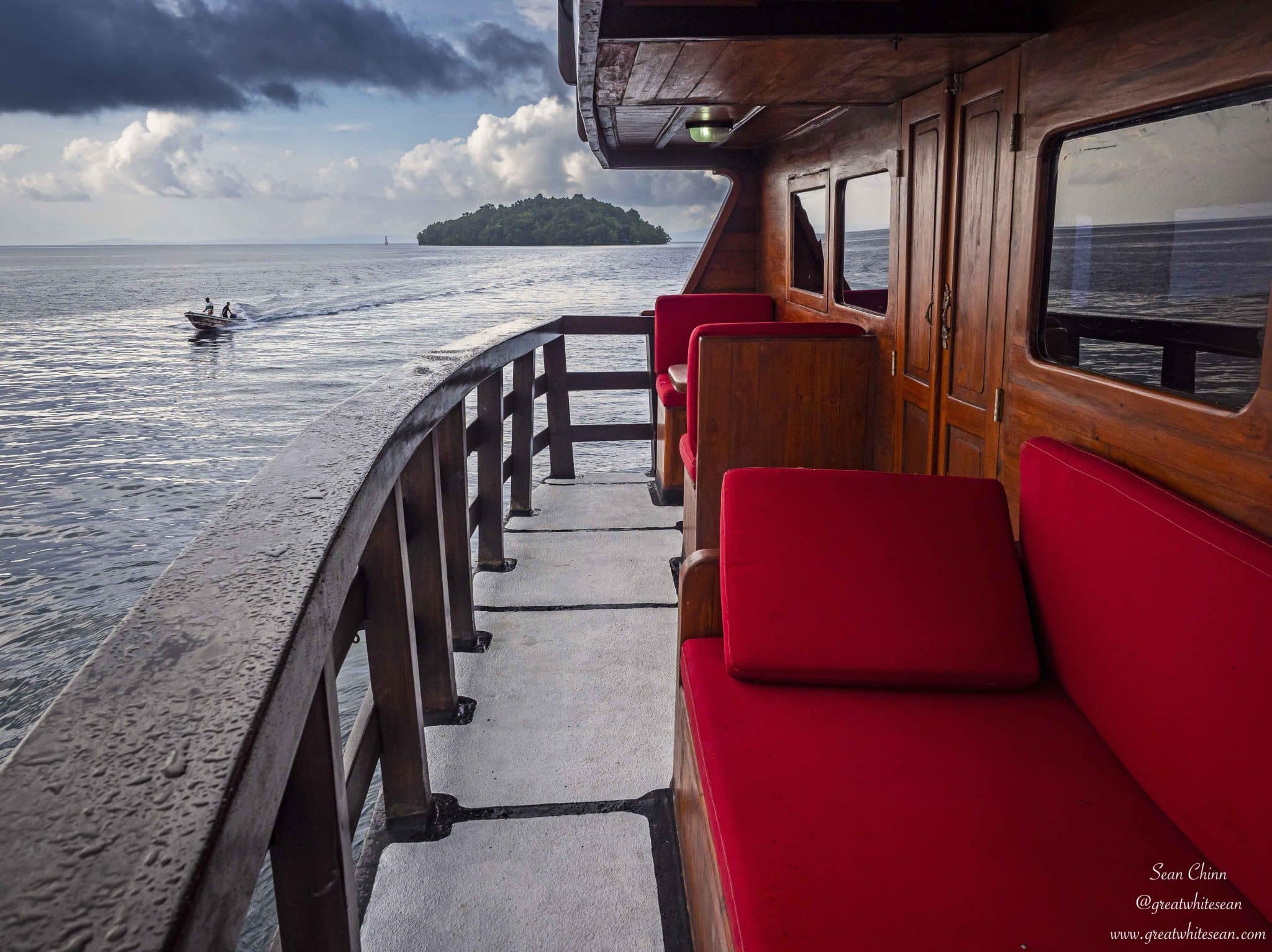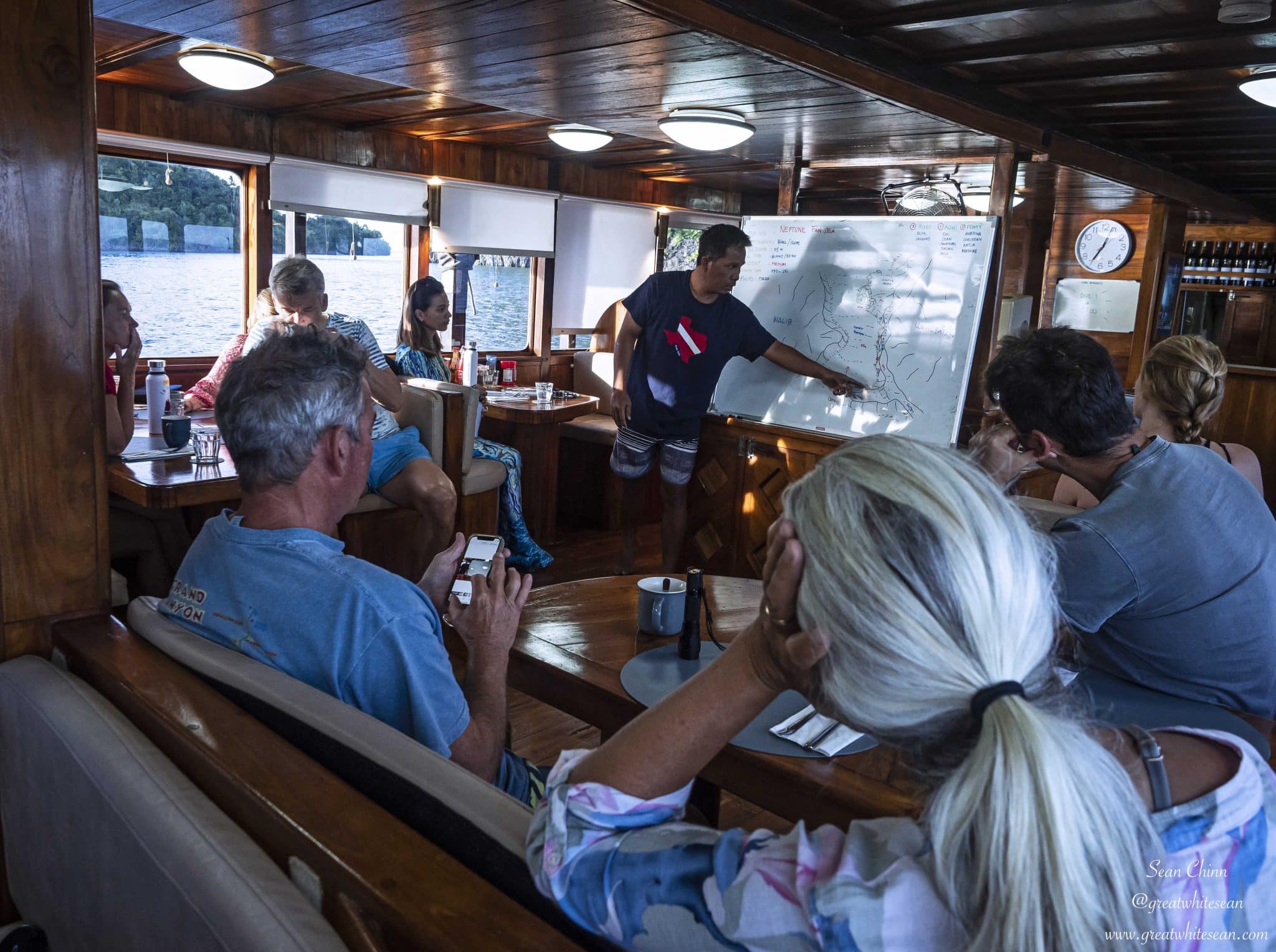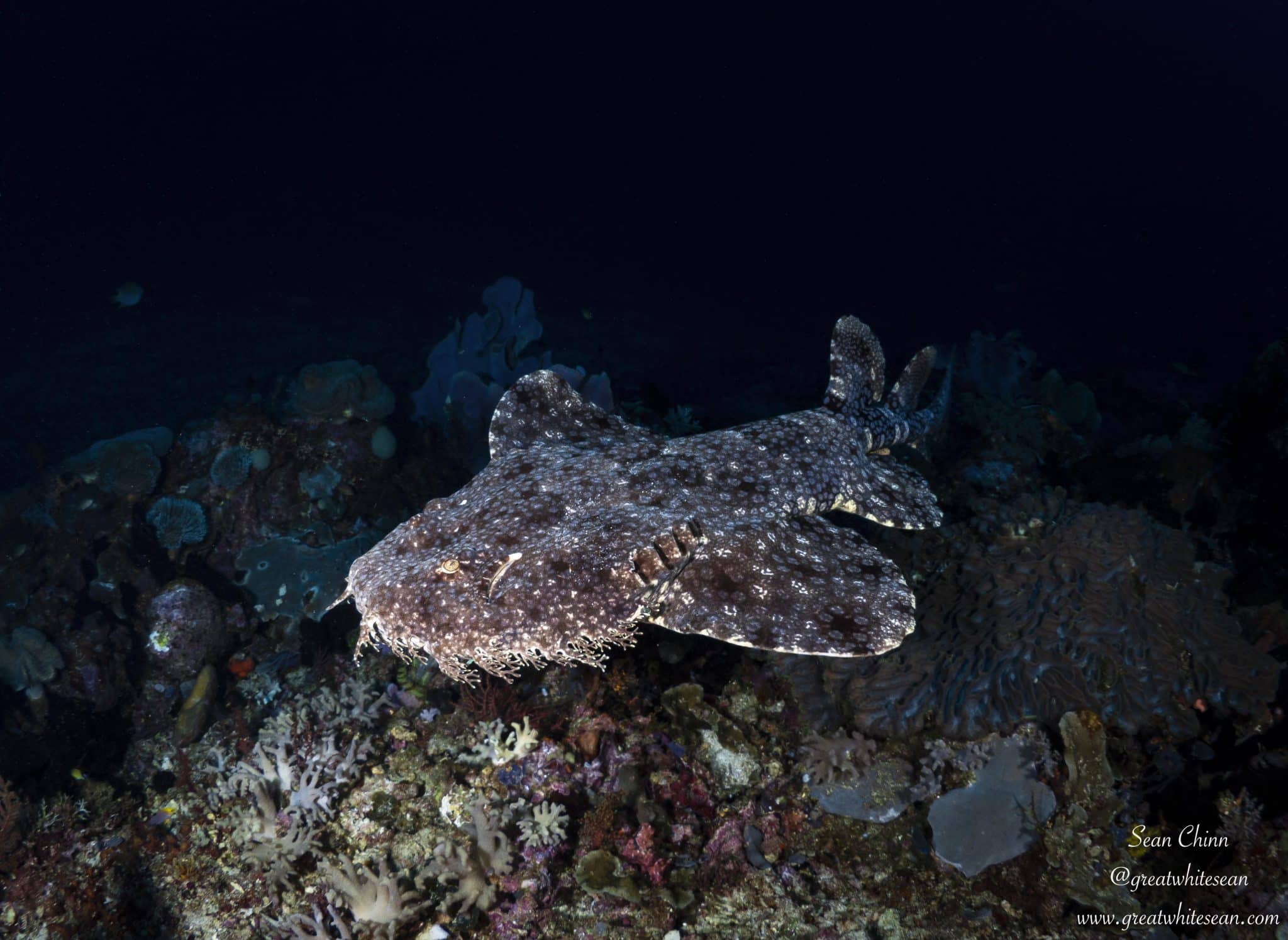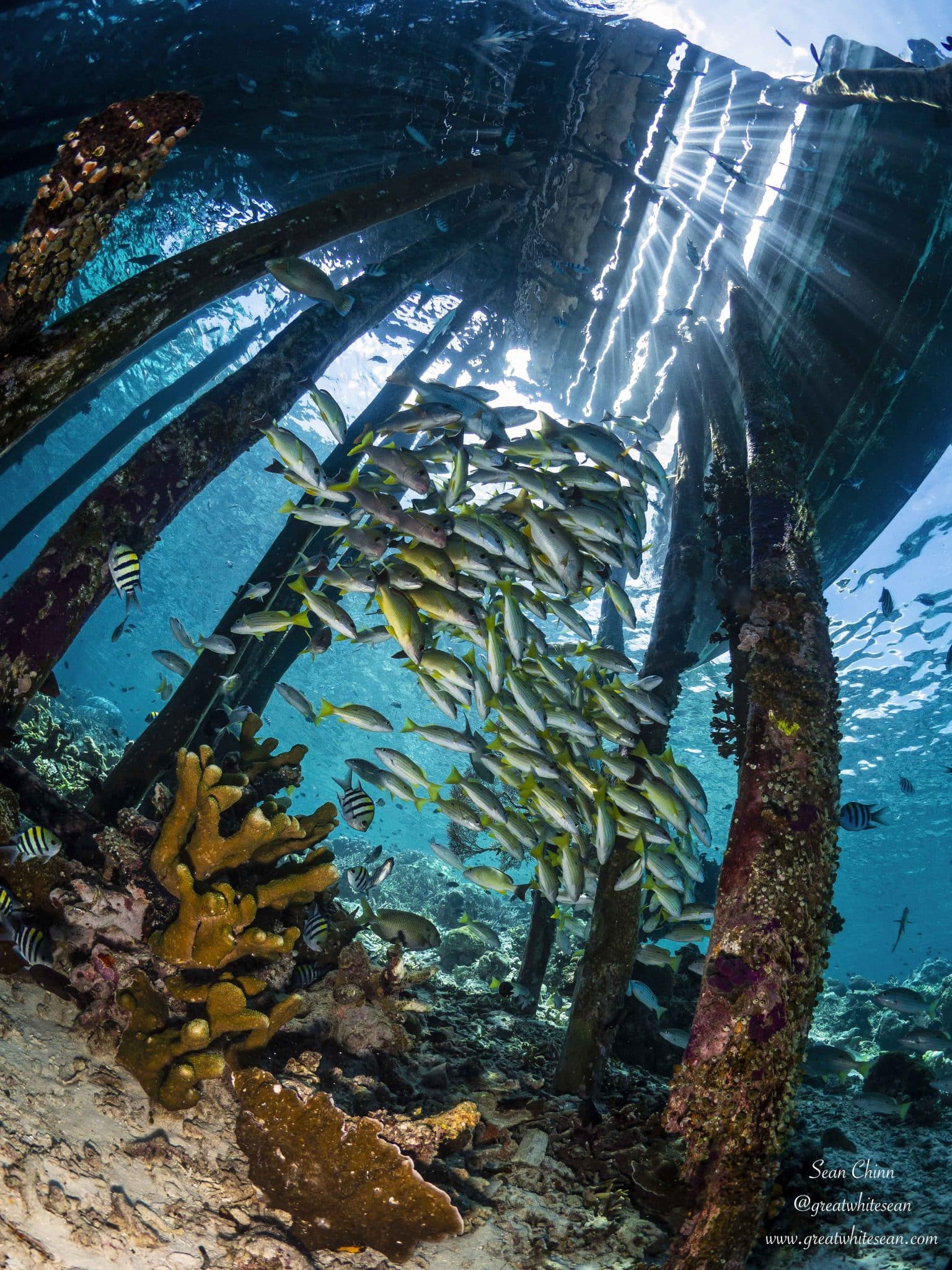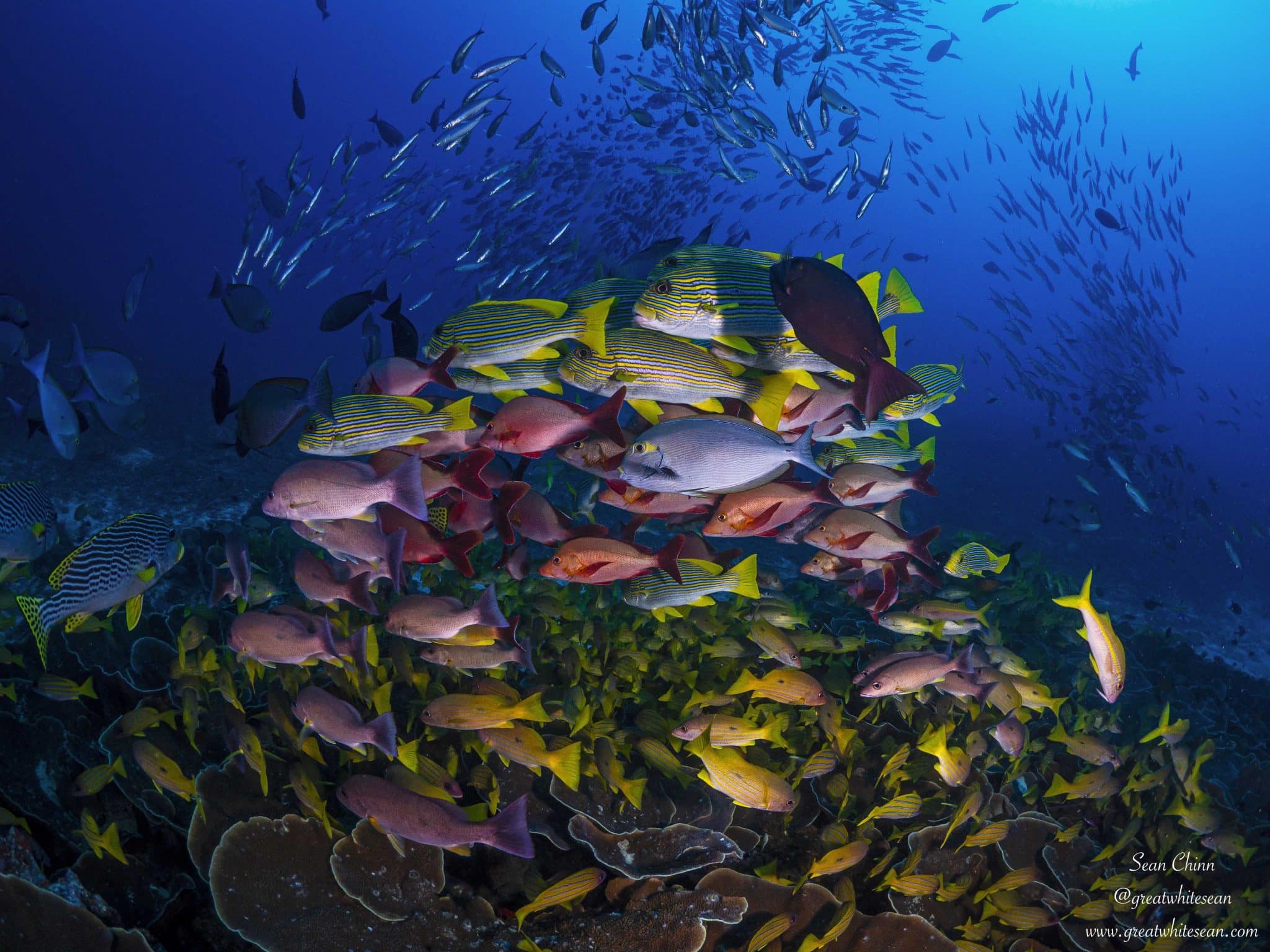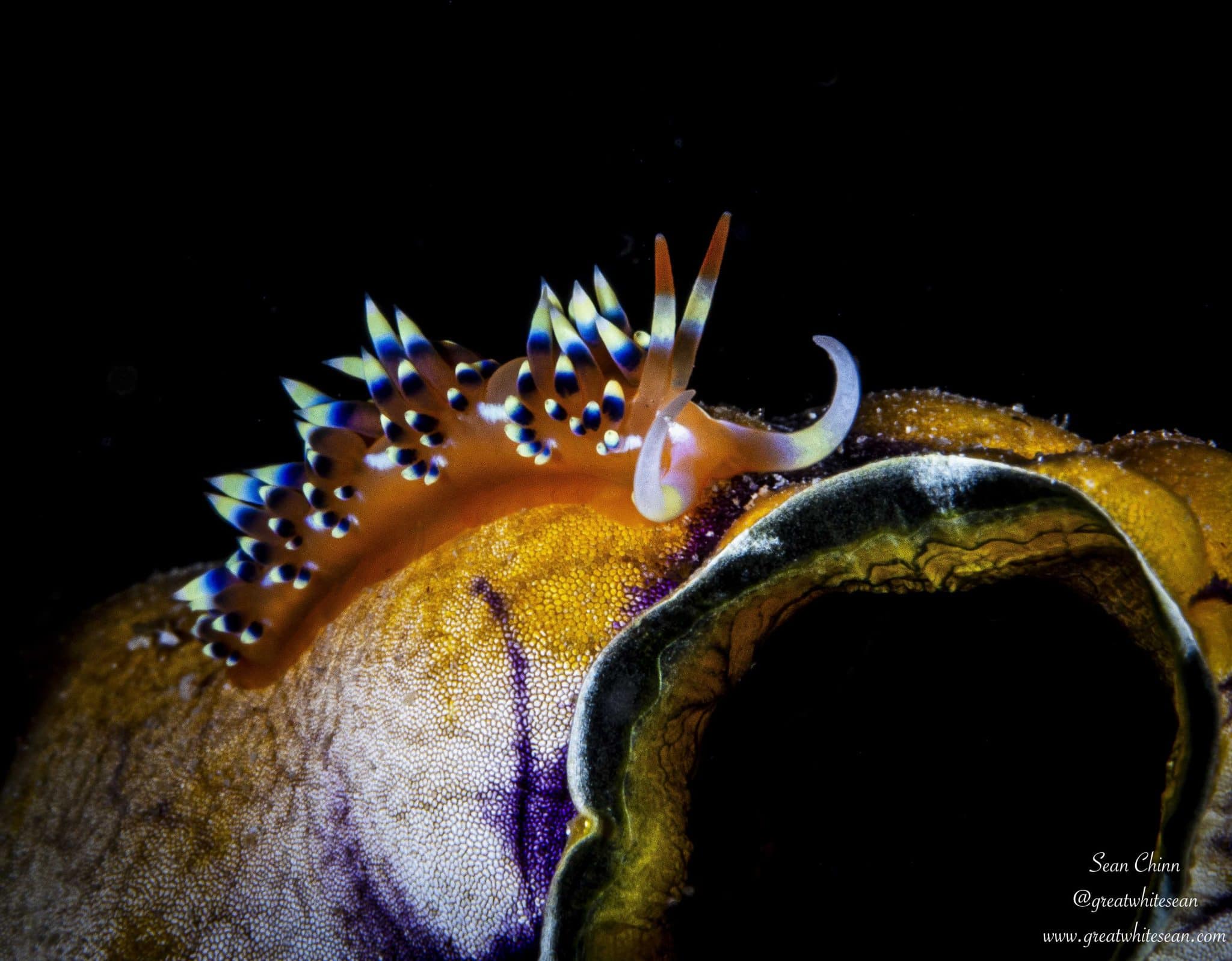News
Ultimate Raja Ampat – The Last Paradise (Part 1 of 3)
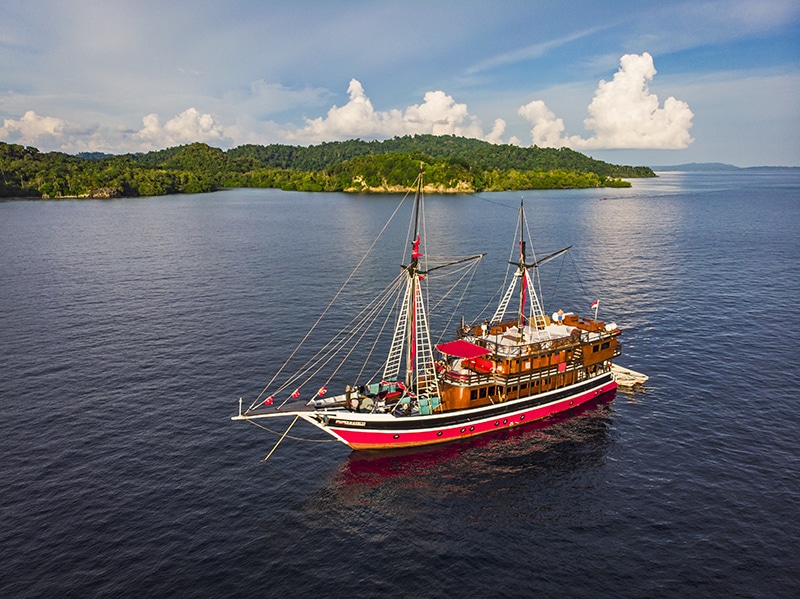
Being an underwater photographer for the last nine years or so, I am always on the lookout for that next “ultimate” photography destination. A place where photography just comes easy and the memory cards fill quickly. A place with so many photography opportunities, you’re constantly deciding which shot to process next.
One place that would continually show up and entice me, is biodiversity hotspot – Raja Ampat. A place regularly nicknamed – “The Last Paradise.” The more amazing images I’d see, from incredible macro, sweeping reefs and majestic mantas to name but a few, the quicker Raja Ampat became top of my dive destination bucket list. Patiently I’d waited for the right opportunity and thankfully, last year, I got the chance to join La Galigo Liveaboard for their Ultimate Raja Ampat safari. Would it live up to my high expectations? Let’s find out…
All the best places are remote and that was certainly the case with Raja Ampat. Located in West Papua, Indonesia, it took three flights for me to get there from the UK. A connecting flight to Jakarta from Heathrow via Doha, followed by a domestic flight from Jakarta to Sorong. Once in Sorong, the crew from La Galigo take over and really look after you, making sure the rest of your journey is as smooth as possible.
La Galigo pride themselves on their Indonesian crew, who have collectively spent many years sailing and diving Indonesia. It is a purpose built ‘Phinisi’ style sailboat and dive liveaboard. It really was a pleasure to see when I first laid eyes on it from the speedboat transfer. It was like something out of ‘Pirates of the Caribbean’. Completely unique from other liveaboards I was used to and I was lucky enough to be the first guest onboard too. Benefitting from a tour of the boat, the Suite on the upper deck really stood out and is a special room boasting its own private balcony. The deluxe cabins I was in were spacious and comfortable. I then got a taste of how good the food was going to be, a beef rendang bursting with flavour was a great start.
La Galigo is predominantly a dive liveaboard but they are happy to tailor bespoke charters on request. The boat hosts a maximum of 16 guests comfortably over seven cabins, split over two decks, although 14 guests would be usual for a full charter, whilst being spacious and comfortable. There were 11 guests onboard for my trip, which gave me a pretty good gauge of life on a full charter. All cabins are equipped with air-conditioning and an ensuite with fresh hot water showers. Yes!! They were hot throughout the whole trip, which is always a special feeling after a long four dive day. Although, it was the mattress and pillows that were the winners for me. Super comfortable, it almost made it difficult to get up for the morning dive. I was never going to miss a dive in Raja Ampat though was I?
After an initial and thorough boat and dive briefing from cruise director Fareez, it was time to gear up for what we were all here for – the diving. The group was split into three dive groups with three guides, meaning only a maximum of four divers to each guide. A nice ratio, allowing the speedboat and dives to be less crowded and more comfortable. The main boat would be moored very close to each dive site, allowing the first two groups to go out with the speedboats and be dropped in, then one speedboat would return for dive group three.
It all ran so smooth and what was impressive were the dive briefings before each dive. Between Fareez, Aghi and Fendy, they would take it in turns to draw each site on the whiteboard (quite the artists) and explain in detail the plan. Aghi was my guide for the trip and did an amazing job in leading us, looking after us and finding all the amazing little critters we saw along the way.
I must admit, the first dive really wasn’t what I was expecting from a check dive in Raja Ampat; a strong current making it a fairly quick drift dive in some questionable visibility. Luckily I had my macro lens on as the vis wasn’t great for wide angle. I soon got to realise the diversity to expect from the trip ahead though. With numerous critters found along the way, I knew things were only going to get better. The night dive showed that and followed suit, as critter after critter was found from a tiny ‘Shaun the sheep’ nudibranch to my very first wobbegong shark. What an incredible animal they are, lying still in the sand undeterred by our presence; it just looked at us, as we marvelled at its design. I came to Raja Ampat expecting to see a wobbegong but not so soon and so easily. A great start but hopefully I would get to see one later with my wide-angle lens on.
It didn’t take long to realise wobbegongs are a staple of diving in Raja Ampat, but this didn’t make it any less incredible each time we saw them. The very first dive the next day at ‘Blue Magic’ in the Dampier Strait, I hit the wobbegong jackpot for the trip. Not only did I see them resting, I also got to photograph two swimming and was even nearly slapped in the face by one with its pectoral fin. It did a 90-degree turn, swimming between me and dive guide Aghi.
As the rest of the day panned out, I quickly realised life in Raja Ampat was going to be very “fishy.” Dive sites littered with numerous species of fish and big schools swimming in unison were amazing to see, before the night dive at Batu Lima provided another shark species for me to tick off. One of the most unique as well, as the Raja Ampat walking shark strolled into view in the most interesting way I’d ever seen a shark move. A species of epaulette shark, it is endemic to Raja Ampat, which makes seeing one that bit more special.
The next day reiterated my initial feelings of fish life in Raja Ampat and to be honest, I never quite imagined it would be this abundant. We started with an adrenalin fuelled dive at Cape Kri. A dive full of life as numerous schools of fish were seen, with barracuda and bumphead parrotfish being the standout. It was also a dive for some relatively big grey reef sharks to make an appearance as they patrolled the reef. Although, it was the ripping current that made the dive unforgettable and a real adventure, before our next dive, that was in complete contrast.
A relaxed dive under Yenbuba jetty made for some interesting compositions and was the perfect divider for the morning and afternoon dives. Diving at Sawandarek on the third dive was one of the best dives I’ve ever done. I’ve never experienced fish life like it and the numerous BIG green sea turtles just added to the spectacle. Swimming amongst the sweetlips, snapper and other schooling fish on top of the coral stage at around 20 metres was a memory that will last with me forever. All this before shallowing up to the jetty amongst schooling jackfish, damselfish and an array of other stars of the show. I just didn’t want the dive to end. Thankfully I got to dive the site again but this time at night and it delivered in a different way. Numerous nudibranch, an octopus, cuttlefish, decorator crabs and more. A critter-filled dive to highlight Sawandarek as one of the best dive sites ever.
A great start to life in Raja Ampat but there’s plenty more adventure to come. Please stay tuned for parts 2 and 3.
For more information about diving in Raja Ampat:
Whatsapp: +62 812 2000 2025
News
Book Review: Fire on Monroe Bravo by Fred Lockwood

Fire on Monroe Bravo is the latest book in the Jack Collier series by Fred Lockwood. Our story begins with our lead characters, Jack and Sandro, owners of Marine Salvage & Investigation Company, arriving on the Monroe Bravo Oil & Gas Platform in the North Sea. Having secured a contract for their vessel the MV Stavanger to act as support ship to the platform for TransGlobal Oil, our protagonists are on a celebratory visit.
However almost as soon as they arrive a series of explosions rock the platform, causing huge damage, loss of life and the very real danger of a massive human, ecological and financial disaster.

As the danger mounts for both our heroes and the surviving workers, Jack and Sandro will have to escape the inferno, all while trying to save the platform and the men still trapped unable to help themselves.
The disaster sets the scene for the unfolding story lines following the fate of the platform and our main characters, the police investigation into a suspected terrorist act and the actions of TransGlobal Oil as they attempt to navigate the pubic outcry and financial repercussions.
In his eighth book, Fire on Monroe Bravo, Fred Lockwood delivers an explosive thriller, with plenty of above and in-water drama, and our heroes fighting for survival, what more can you ask for?
We thoroughly recommend this read and look forward to the next in the series. For more information about his book series, you can check out the reviews of his previous books here on Scubaverse.
- Title: Fire On Monroe Bravo
- Author: Fred Lockwood
- ISBN: 979-8325324536
Available in a paperback version and for Kindle from Amazon and book stores.
Blogs
Alonissos: The complete diving destination (Part 1)

In June we were incredibly fortunate to be invited to dive in Alonissos, a small Greek Island in the Sporades island chain located in the North Aegean Sea. While I have long been a big fan of the Greek Islands as a great holiday destination, I had not had the opportunity to do any diving on previous visits and Mike and I were extremely excited to see what Alonissos had to offer both above and below the surface!

The Sporades are easily accessible via the airport in Skiathos (the first island in the chain), which is served by Jet2 flights from all major UK airports from May through October. Numerous ferries and charter boats make island hopping from Skiathos Town a breeze. After an hour boat ride, the picturesque port of Patitiri was a wonderful introduction to Alonissos, where we were met by our gracious hosts Kostas of Albedo Travel and Dias of Alonissos Triton Dive Center. Mike and I were delighted to be staying at the Paradise Hotel, aptly named for its stunning views over the sea and great location for walking to the waterfront.

Alonissos is beautifully situated in the National Marine Park of Alonissos and the Northern Sporades, the largest marine protected area in Europe. The surrounding seas offer fabulous marine life, including incredibly rare species such as the Mediterranean monk seal. They boast deep walls covered in gorgonians and sponges, stunning topography with caverns, swimthroughs and pinnacles, and the first accessible ancient shipwreck from 500BC!

In locations where historical sites have been reported, the waters are largely restricted, but with collaboration between government, underwater archeologists and dive centres, incredible underwater museums are being created for a truly unique diving experience. Alonissos is home to the first of these, the Ancient Shipwreck of Peristera Accessible Underwater Archeological Site. The chance to dive into history (along with reports of healthy reef life and amazing underwater topography) meant Mike and I were keen to get in the water.

Our introduction to the diving around Alonissos was at the Agios Georgios Pinnacles, in the channel between Alonissos and Skopelos. This fantastic site was named “The Chimney,’ and proved to have a huge amount to see. We got to a decent depth here (over 25m), and marvelled at a colourful reef wall with a wonderful swim through whose rocky walls were absolutely covered with life. As well as brilliant topography there was no shortage of macro life here. We saw numerous nudibranchs, five different species in total. The second dive at Mourtias reef nearby was a shallower dive along a nice wall with lots of crevices. Several moray eels and grouper called this site home. We enjoyed looking in the crevices for lobster and smaller benthic life, such as cup corals and tunicates.

Our itinerary allowed us two dives a day with afternoons left to explore the island with our hire car and evenings to enjoy the famous Greek hospitality. This proved to be a lovely mix of in-water and land based diversions.

The next days diving to the Gorgonian Gardens and Triton’s Cave was to be even better! These two stunning sites are nothing short of fabulous. The Gorgonian Gardens was a deep wall near to the Agios Georgios islands. The ever-present currents in this deep channel meant that the sea life was amazing … the namesake Gorgonian sea fans dotted the wall at a depth of 30 to 50 meters, getting ever larger the deeper we went. Above 30m was by no means less beautiful, with sponges, corals, scorpionfish, moray eels and some rare and colourful nudibranchs.

The second shallower dive of the day was to Triton’s Cave or the Cavern of Skopelos, on the east side of that island. The spectacular rock formations had wild striations both above and below the water making a truly epic topography. The cavern entrance was at 14m, and big enough for a buddy pair, winding up to 6m and passing two beautiful windows out into the blue. Emerging from the cavern, the light at the shallower depths and the incredible rock formations made for a fantastic gentle swimming safety stop and we all surfaced by the boat with massive grins.

Check out our next blog :Alonissos: The complete diving destination (Part 2)” to hear about our amazing dive on the 2500 year old Peristera Wreck!
Thanks to:
Alonissos Triton Dive Center https://bestdivingingreece.com/
Albedo Travel https://alonissosholidays.com/activities/
Paradise Hotel https://paradise-hotel.gr/
Alonissos Municipality https://alonissos.gr/en/
-

 Blogs2 months ago
Blogs2 months agoDiving With… Nico, Ocean Earth Travels, Indonesia
-

 News1 month ago
News1 month agoMurex Bangka Announce New Oceanfront Cottages & Beachfront Dining
-

 Blogs2 months ago
Blogs2 months agoA new idea in freediving from RAID
-

 Marine Life & Conservation1 month ago
Marine Life & Conservation1 month agoIceland issue millionaire whale hunter a licence to murder 128 vulnerable fin whales
-

 Marine Life & Conservation2 months ago
Marine Life & Conservation2 months agoThe Shark Trust Great Shark Snapshot is back
-

 News3 months ago
News3 months agoCharting New Waters; NovoScuba Goes Global with the Launch of their Revolutionary Dive Training Agency!
-

 Gear News1 month ago
Gear News1 month agoNew Suunto Ocean – a dive computer and GPS sports watch in one for adventures below and above the surface
-

 Marine Life & Conservation Blogs2 months ago
Marine Life & Conservation Blogs2 months agoBook Review: Plankton


